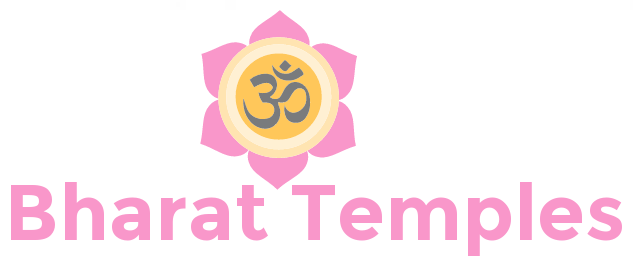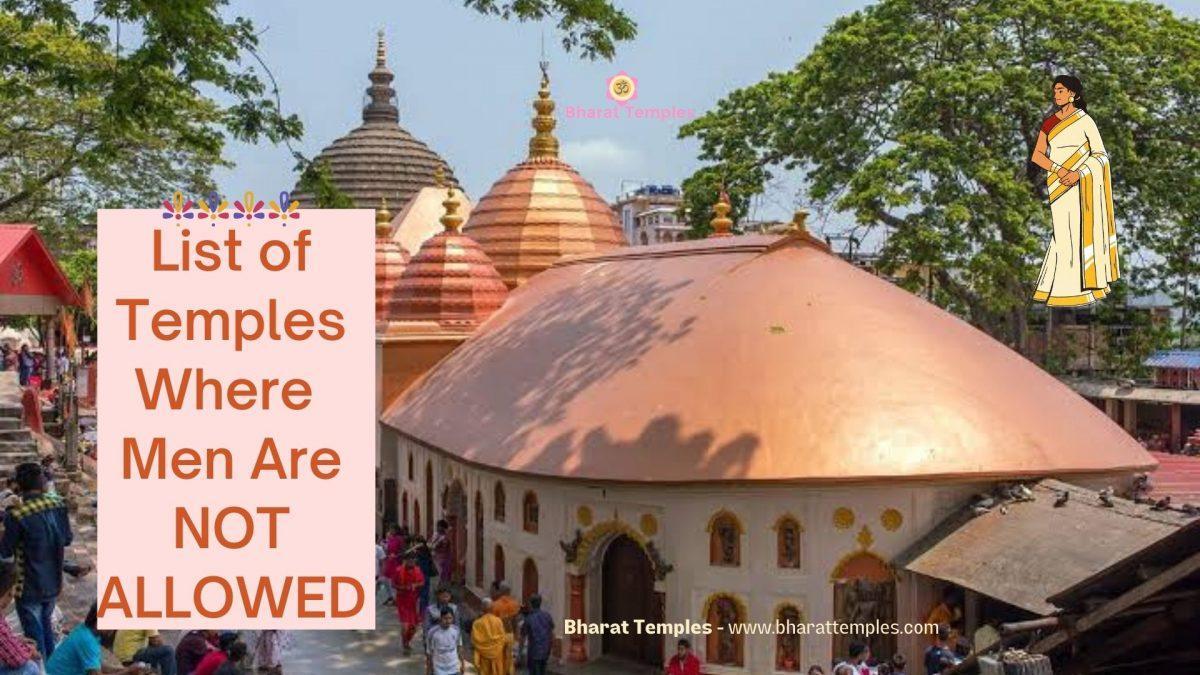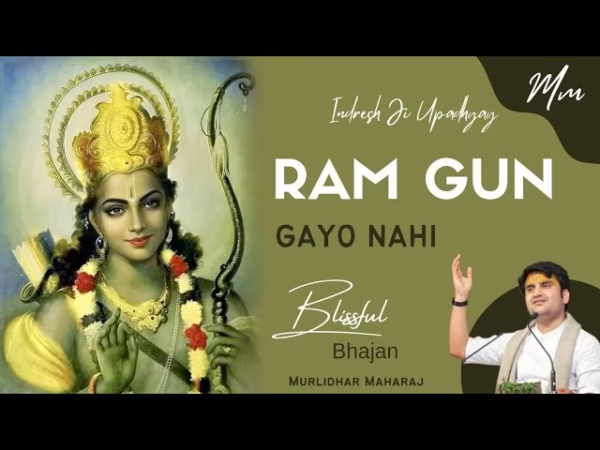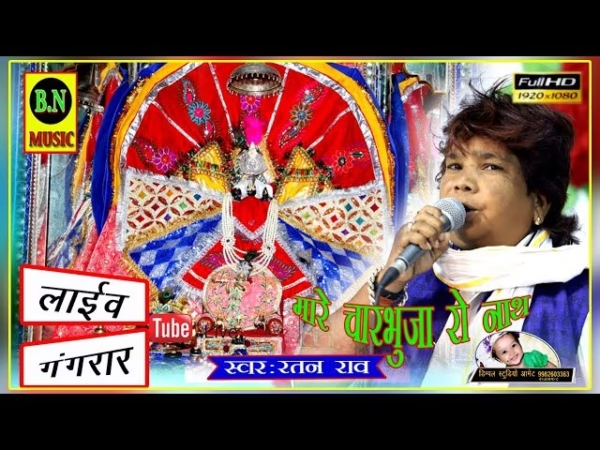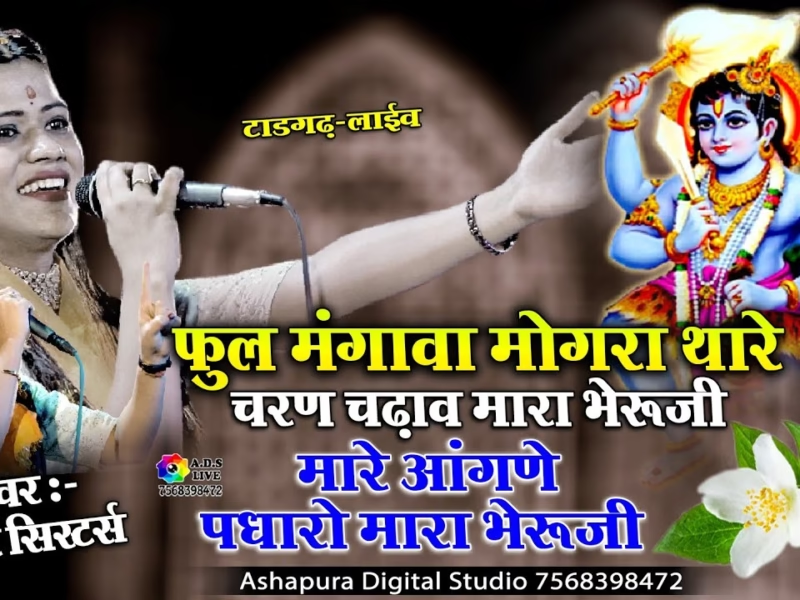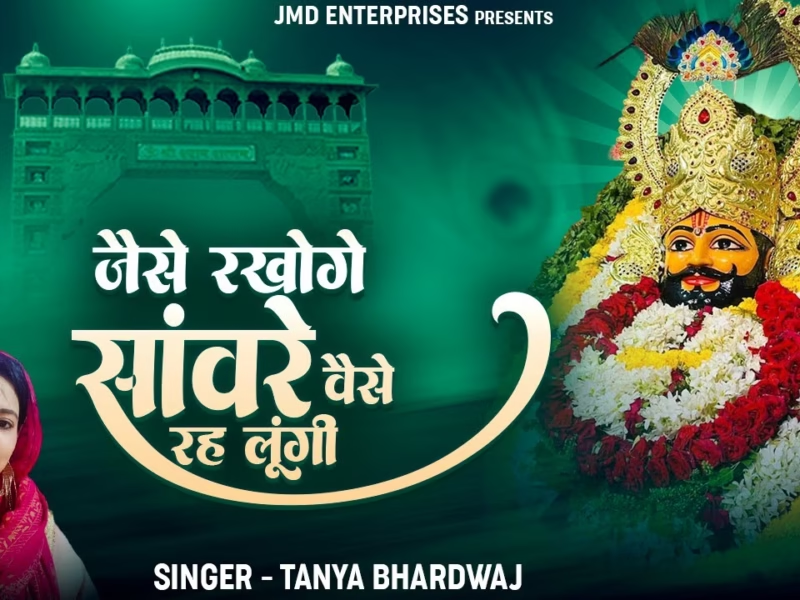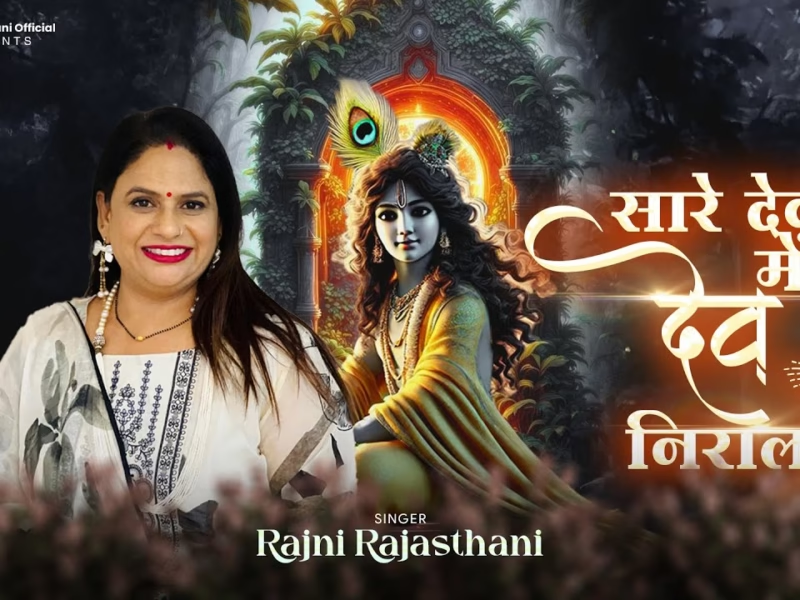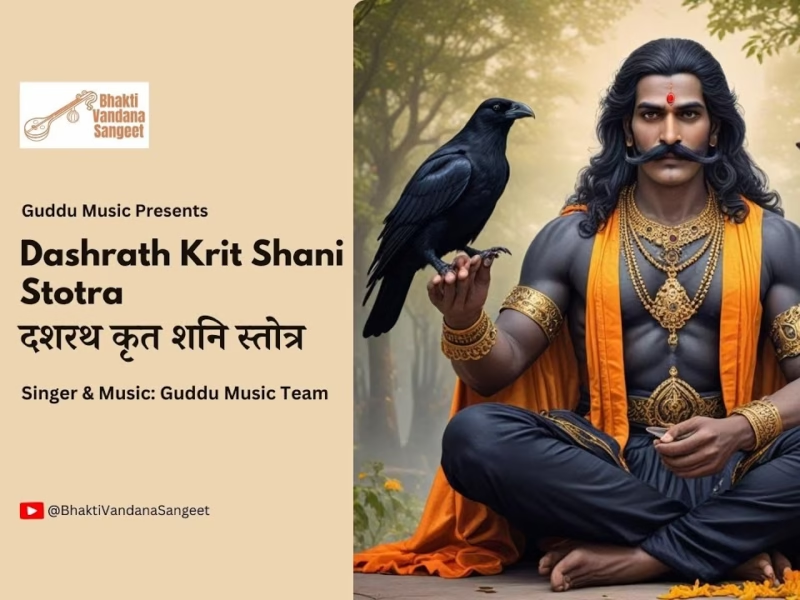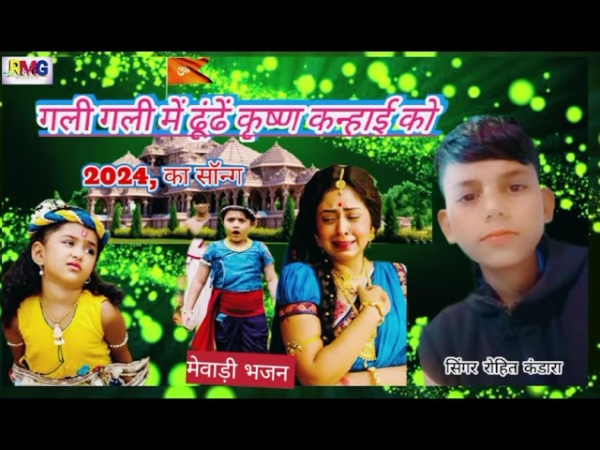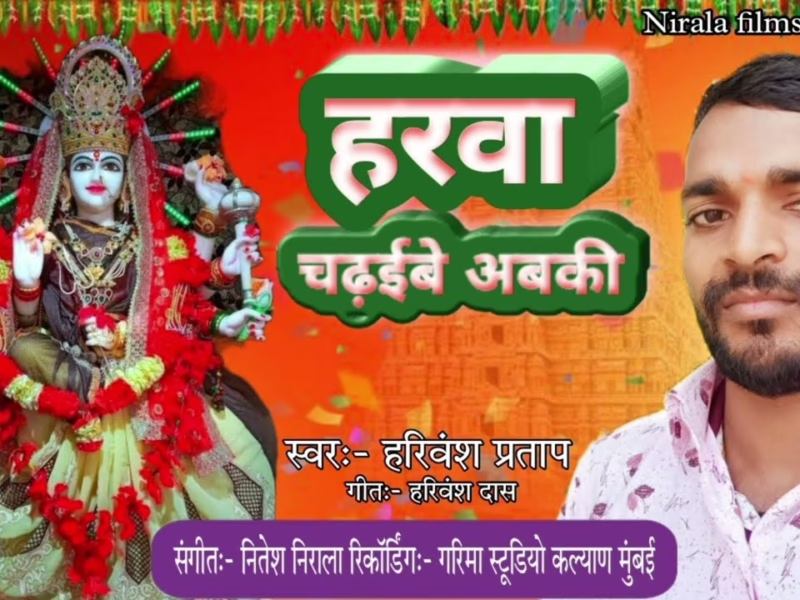Contents
- 1 1) Attukal Bhagavathy Temple, Kerala
- 2 2) Lord Brahma Temple, Rajasthan
- 3 3) Mata Temple, Muzaffarpur
- 4 4) Devi Kanyakumari, Kanyakumari
- 5 5) Kamakhya Temple, Assam
- 6 6) Kamakhya temple, Visakhapatnam
- 7 7) Chakkulathukavu Temple, Kerala
- 8 8) Chengannur Bhagavathy Temple, Kerala
- 9 9) Trimbakeshwar Temple, Maharashtra
- 10 FAQs
India is known as the land of temples.
Temples are a source of energy. It has been used for ages for re-energizing. Each temple is built for a reason and resonates with different energy for different purposes. For example, some temples are for healing the mind, some are for gaining knowledge, some for protection from diseases, etc.
Similarly, some temples are only for Males, and some are only for females. On this page, we are going to list temples where men are not allowed. These temples are specifically designed for female health and betterment energies.
1) Attukal Bhagavathy Temple, Kerala

The Attukal Bhagavathy Temple is a Hindu religious shrine at Attukal, Trivandrum in Kerala. Goddess Bhadrakali (Kannaki) is the main deity in this temple. ‘Bhadra’ means good and ‘Kali’ means goddess of time. So Bhadrakali is considered the goddess of prosperity and salvation.
Attukal Pongala is the main festival of Kerala that is dominated by women. This 10-day festival occurs during the months of February and March. Holding the Guinness World Record for gathering thousands of women devotees. Here, women offer bangles to the goddess or Devi.
2) Lord Brahma Temple, Rajasthan
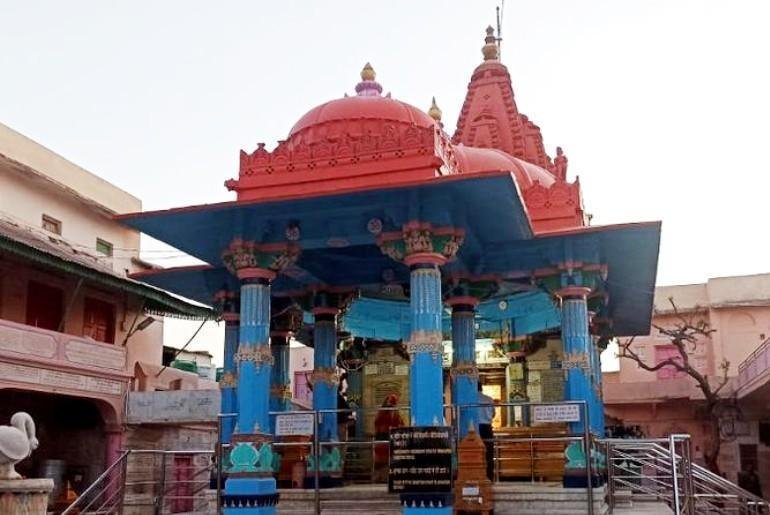
Finding a Brahma temple is a very rare sight to find. This well-known Brahma Temple prohibits married men from entering the sanctum sanctorum to worship the deity. Call it one of the cursed temples in India. Rajasthan‘s Brahmaji temple is one of the most significant temples of Lord Brahma.
As per the legends, Lord Brahma was supposed to perform yagna with his wife Goddess Saraswati. But since Goddess Saraswati was late for the event, he married Goddess Gayatri and completed the ritual. This turn of events infuriated Goddess Saraswati, who cursed that no married man will be allowed to enter the inner sanctum; or else, trouble shall arise in his marital life.
Lord Brahma performed a yagna at the Pushkar Lake.
3) Mata Temple, Muzaffarpur
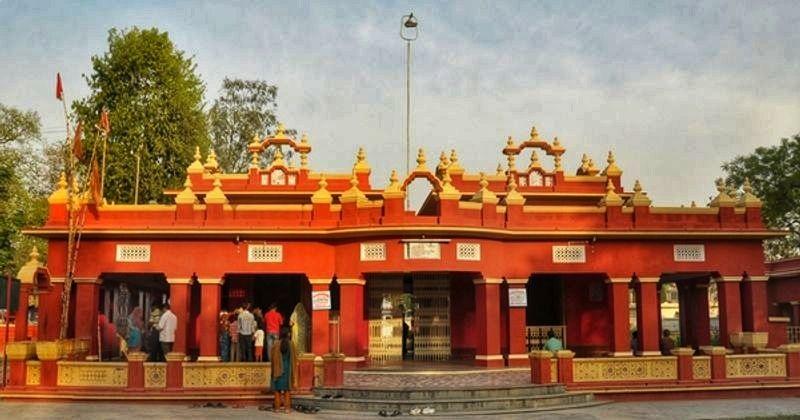
A Shakti Sthal, much like the Kamakhya Temple in Assam, prohibits men from entering the temple premises during the time when the Goddess is believed to be menstruating. Mata Temple in Muzaffarpur, Bihar only permits women during the time of “periods”.
During this time, the temple management also allows only women to enter the premises. The rules are so strictly followed that during this auspicious time even a male priest is not allowed to enter the temple premises, and it becomes ‘women only’.
4) Devi Kanyakumari, Kanyakumari
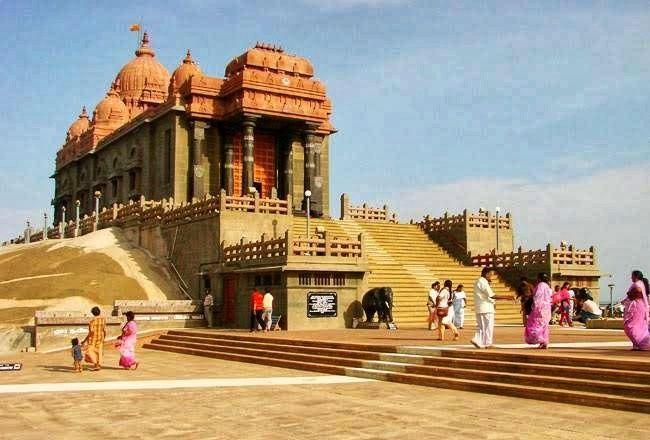
The Kumari Amman temple situated in Kanyakumari has Maa Bhagawati Durga in its sanctum sanctorum. What’s unique about this holy spot is that it firmly prohibits men from entering its premises at any time. Only sanyasis (celibate men) are permitted to proceed to the gate, whereas married men are not permitted to enter.
With Goddess Bhagawati as the reigning deity of the temple, it’s believed to be one of the 52 Shakti Peethas. As per the puranas, the right shoulder and spine area of Sati’s corpse fell at this spot, which is housed inside the Kanya Kumari temple. Another legend says that Goddess Parvati was supposedly treated disrespectfully by Lord Shiva at this site on the day of their wedding, and male entry remains restricted here to date.
5) Kamakhya Temple, Assam
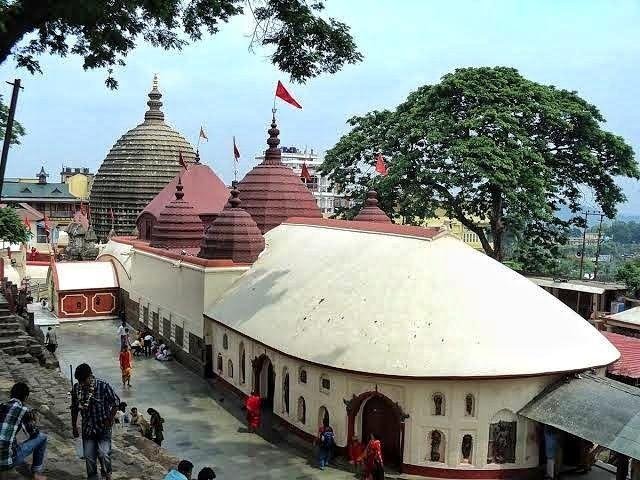
Kamakhya Temple is one of the most powerful temples in India. And is a very well known temple where men are not allowed to enter the temple premises during certain times of the year.
A Shakti Peeth, situated on the Nilachal Hills in west Guwahati of Assam, this temple is also known for hosting the grand Ambubachi Mela, which attracts tons of devotees from far and wide. During this time, the main door of the temple remains shut for four days. It is believed that the Goddess menstruates during those days. On this occasion, men are not allowed to enter the temple and only female priests or sanyasis are allowed to serve the temple during those days.
6) Kamakhya temple, Visakhapatnam
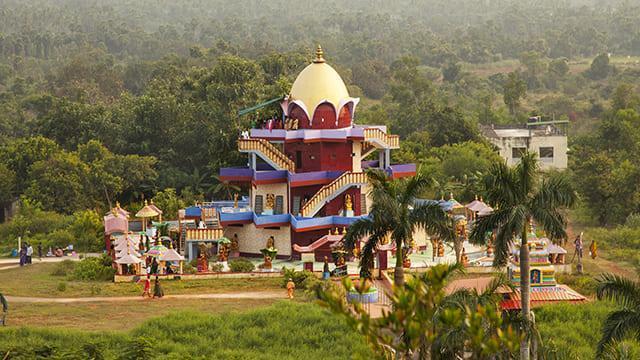
Dedicated to the goddess Sahasrakshi and her consort Kameshwara, the temple in Vishakhapatnam also has restrictions in place that does not allow male folk to be a part of the rituals during that particular duration of time when the Goddess is having her periods. It isn’t only the open worship policy that the two temples commonly and closely follow, it’s also the ritual of celebrating a menstruating Goddess and barring men from the temple insides during those days that hold prominence.
7) Chakkulathukavu Temple, Kerala
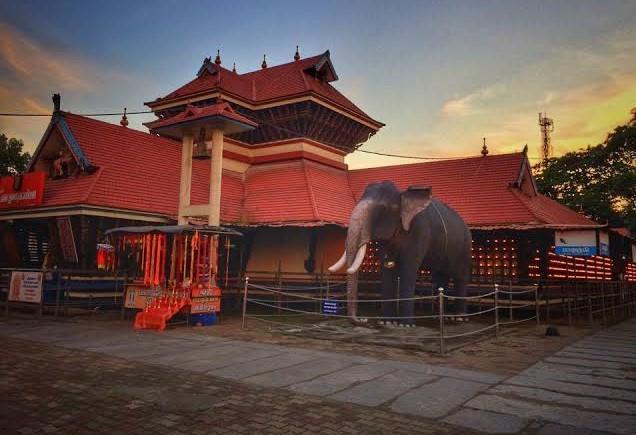
Chakkulathukavu Temple is a Hindu temple dedicated to Goddess Durga, the Chakkulathu Kavu is renowned for its annual ritual Dhanu and Naari Puja which is a yearly occurrence sometime every November or December. Similar to its counterpart in Attukal, the Chakkulathukavu Temple in Kerala’s Alappuzha also plays host to a festival that is a women-only and women exclusive affair.
Naari Puja is the celebration of naari or women and evokes the power in every Goddess.
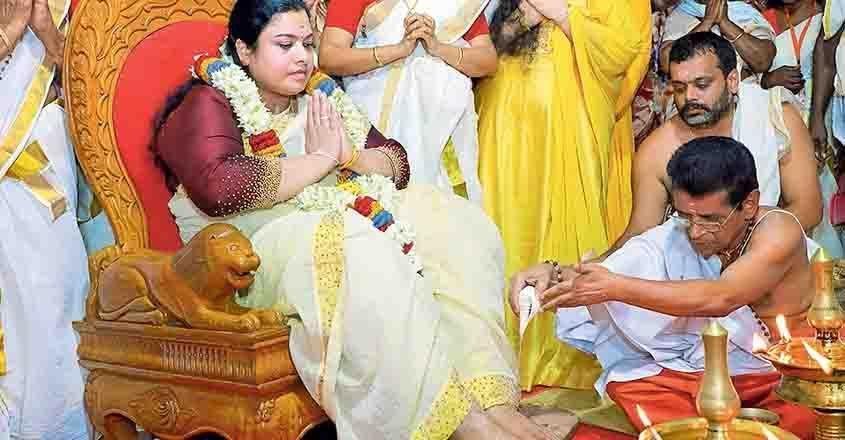
Specifically, on the first Friday of December, Dhanu is a significant ritual that sees a male priest wash the feet of fasting women devotees in a mark of respect for the divinity inherent in every woman. Celebrating womanhood, which as per the Vedas and other Hindu scriptures is the highest form of power, takes centre stage during this festival during which only women are allowed to enter the temple premises. Like the Attukal Bhagavathy temple, the Chakkulathukavu temple also celebrates the Pongala festival every year, which is also basically a women-specific celebration.
8) Chengannur Bhagavathy Temple, Kerala
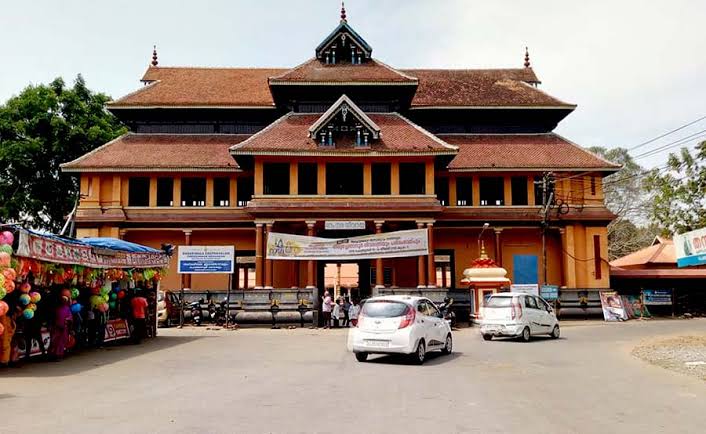
The Chengannur Bhagavathy temple in the Chegannur town of Kerala celebrates a festival called Thripputhu during which the temple is closed down for some three to five days when the Goddess is supposed to be menstruating.
The legend relating to this particular temple is however a tad different than that pertaining to the other temples where men are not allowed to enter. While it is believed that does the rituals in other religious places also celebrate a menstruating Goddess, the residing Goddess Parvathi of Chengannur indeed does bleed once in two or three months. It is said that once the priest notices bloodstains on the cloth of the Goddess, a woman priest or the Thazman Matt takes upon the daily proceedings.
The Goddess idol is moved to a special room outside the Sanctorum with the Temple closed for the given days. On the fourth day, the idol is given a bath by women devotees in the Pamba Riven. The ritual is called Arrattu, and only after the bath are male priests allowed to offer their prayers again,
9) Trimbakeshwar Temple, Maharashtra

This Temple in Nashik in Maharashtra is one of the twelve jyotirlingas in India and is famous as a temple where females are not allowed in India. In a court ruling by the Bombay High Court in 2016, it was notified that if the Temple Sanctorum is inaccessible for women, it is fair that even men are not allowed entry into this space ever since both men and women have been barred from entering the interiors of this Temple. The entry to the Temple is highly restricted at present equally for men and women.
So Wherever you go make sure know about those places.
FAQs
Attukal Bhagavathy Temple, Brahmaji Temple, Kamrup Kamakhya Temple, Kumari Amman Temple, Mata Temple, Trimbakeshwar Temple, andChengannur Bhagavathy Temple.
Yes, there are a few temples around the world where men are not allowed to enter.
The reasons vary depending on the specific temple and religious beliefs associated with it. In some cases, these temples are dedicated to female deities or represent spaces where women traditionally perform specific rituals or ceremonies.
Each temple may have its own set of rules and guidelines. It is advisable to research and respect the customs and traditions of the specific temple you plan to visit.
Yes, women are usually allowed to visit these temples freely, as they are often the intended participants in the rituals and ceremonies performed there.
These restrictions are often rooted in cultural and historical traditions. They may have originated from specific religious practices, myths, or legends associated with the temple.
Frequent searches leading to this page:-
temple where men are not allowed, temples where men are not allowed, temples in india where men are not allowed, temple in india where man are not allowed, bhairavi temple only for ladies, in which temple men’s are not allowed, 13 temples where males are not allowed, indian temples where males are not allowed
